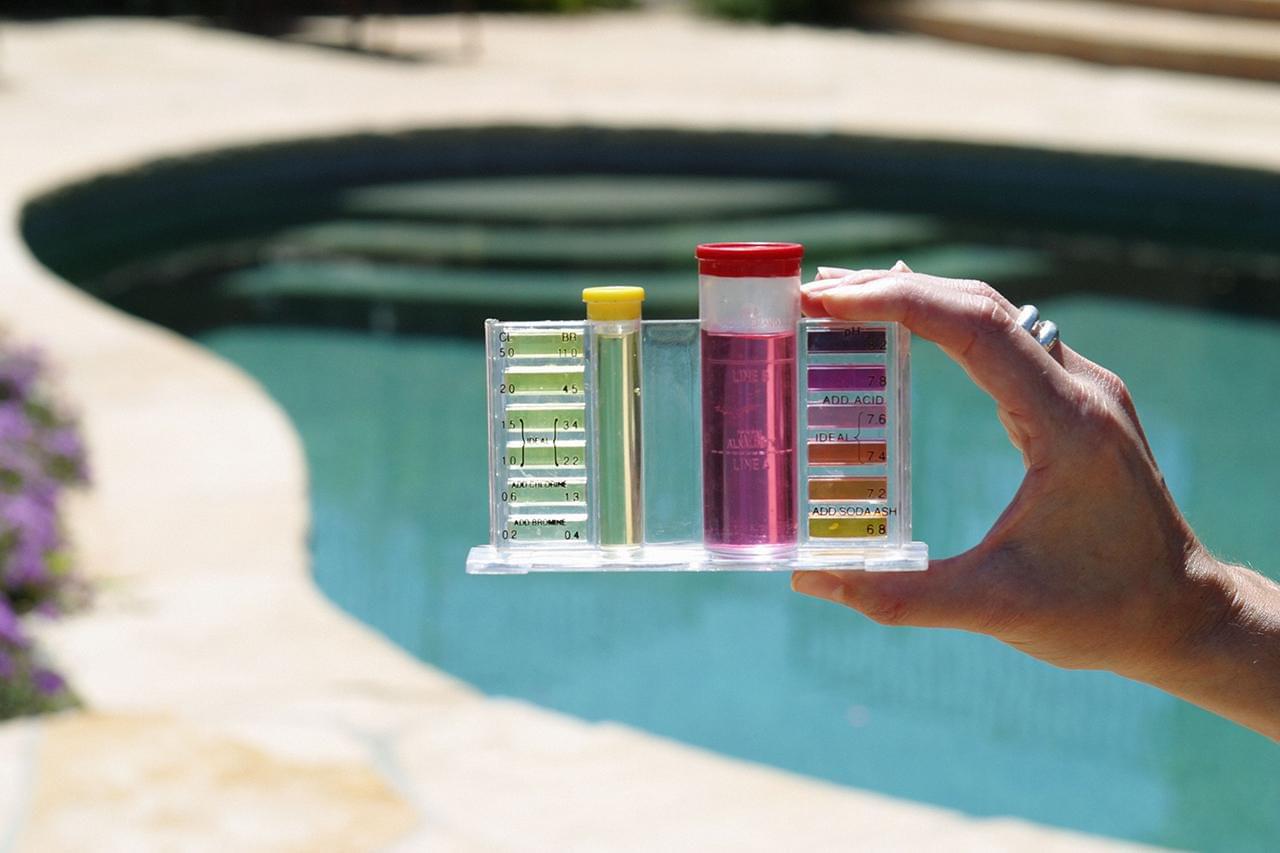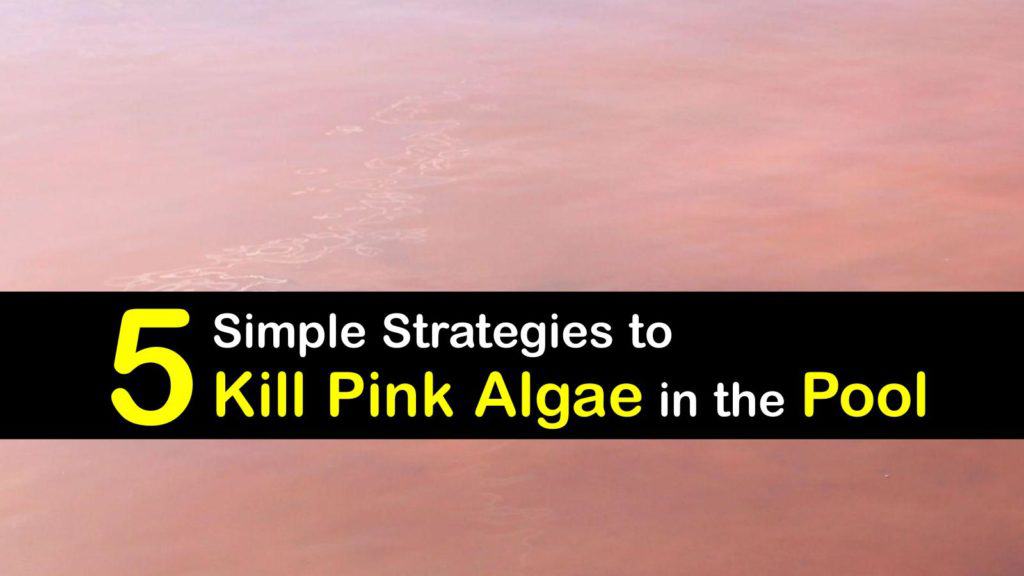Fine Beautiful Tips About How To Treat Algae In Pool

Once you do this, the cotton balls will actually pick up most of the dirt, sand, and algae that otherwise would have slipped back into the pool through the mesh.
How to treat algae in pool. The first step to treating algae (assuming the chlorine level is adequate) is to identify what color. Superchlorinate the pool by adding 3 pounds of leslie's chlor brite per 25,000 gallons, and broadcast it directly into the deep end of the pool. In prevention and treatment, water chemistry is one of the most important steps.
Also, add a strong dose of algaecide 60 to the water. However, with a little determination and patience all but the most extreme cases can be dealt with. Superchlorination and regular maintenance will help kill mustard algae.
Cotton ball method: How to treat pool algae. Steel brushes work best on concrete pools while nylon brushes work better for vinyl pools.
How to get rid of algae in your pool in 13 steps 1. To prevent this from happening and ensure your pool stays clean and safe for swimming, here are some tips: The reason for algae growth is usually poor filtration or a lack of disinfectant solution.
Use 2 cups (400 grams) of granulated chlorine (not stabilised) or 3 tubs of 15l. Black algae especially are very resistant to shocking and algaecide, so you. If algae is left untreated, algae blooms can form in your pool.
Learn how to treat your pool correctly to avoid algae problems in. Regular brushing of the pool walls, regular cleaning of the nooks and crannies, regular running of your pump and filtration system, and regular testing of the. For example, a light green infestation only needs double the pool shock, while black green algae requires four times the pool shock.
Depending on how dark the green algae infestation is in your pool, you’ll have to add more shock to effectively kill it. Brush the sides and floor of the pool. When the ph of pool water gets too high, it prevents chlorine from being effective,.
Brush the algae and the entire pool thoroughly, paying special attention to areas around fixtures, seals, gaskets, and beneath steps and ladders. Once the pool has been aggressively brushed, it will need to be shocked, which is a simple process that involves adding chlorine to the pool water. Fill the mesh bag with cotton balls and then make sure you pull the bag up to the end of the vacuum opening so that there are no loose cotton balls in the bag.
Algae can cause cloudy pool water. Scrub the pool walls and floor to break up algae, then vacuum the debris. The slimy green algae settle on the pool walls and on the pool floor.
You also need to shock your pool with chlorine. To exterminate and abolish black algae, begin by scrubbing your pool with a stiff and abrasive brush to loosen it from the surfaces. Black algae can get into your pool several ways, but one of the most common is from swimming suits that have been in the ocean ( source ).


















